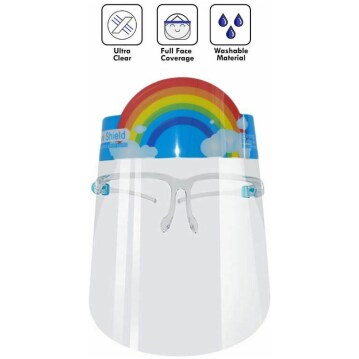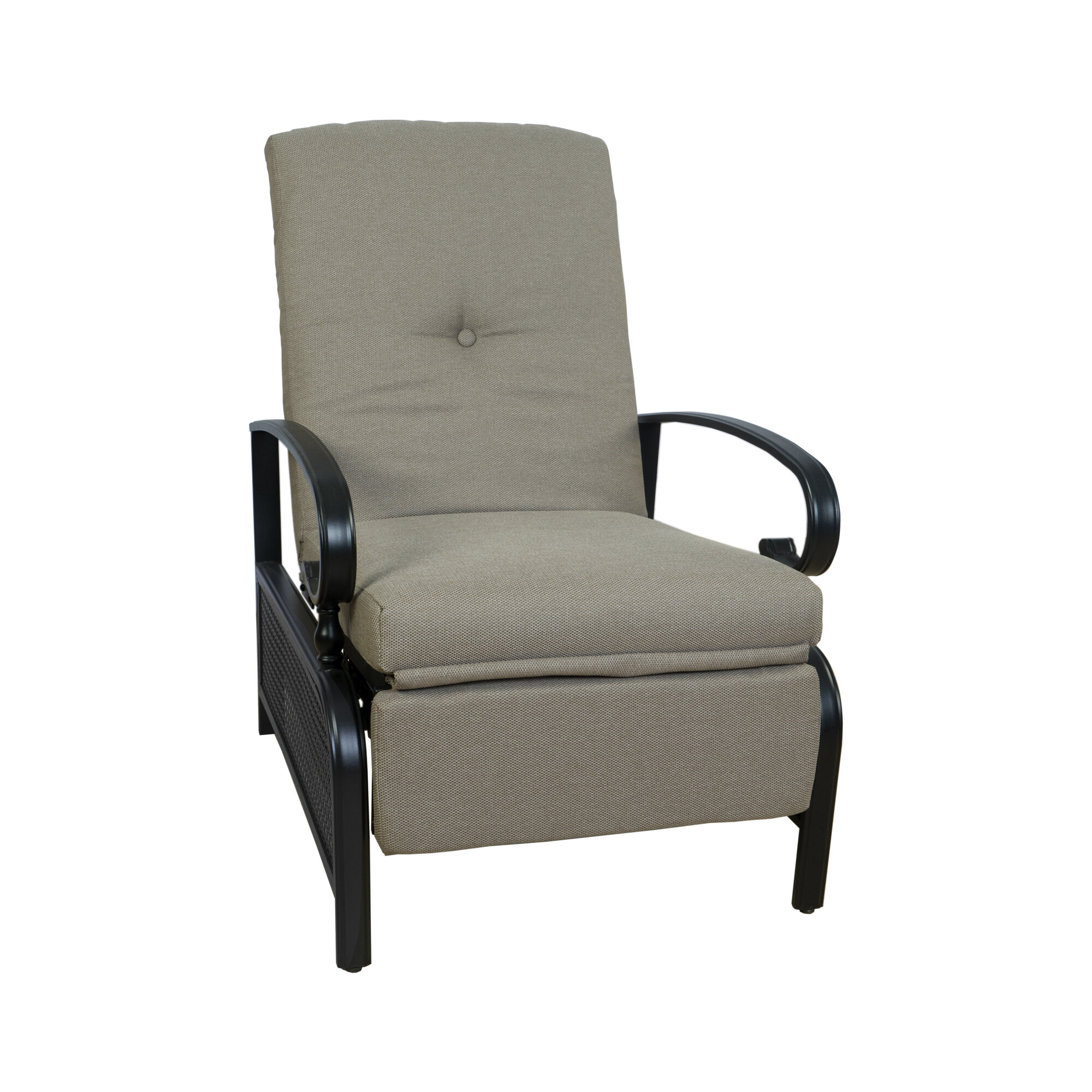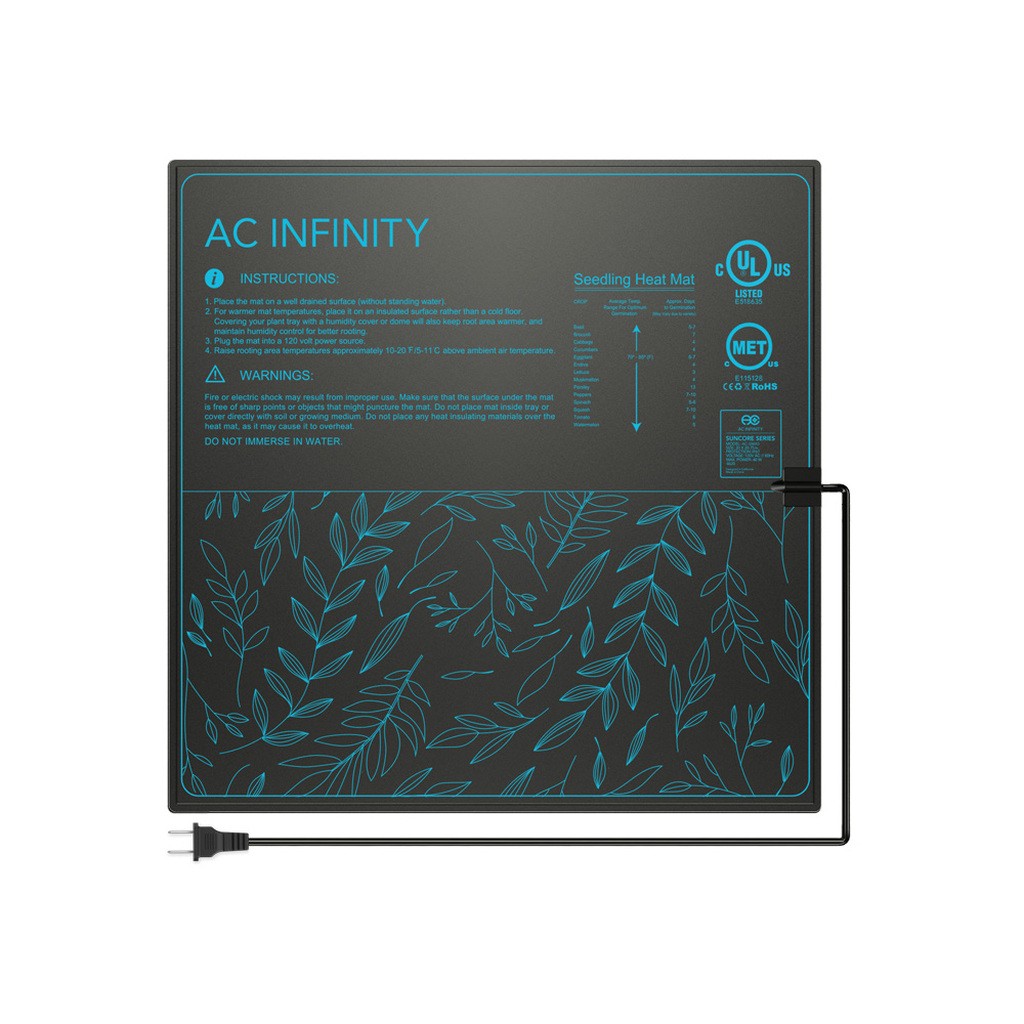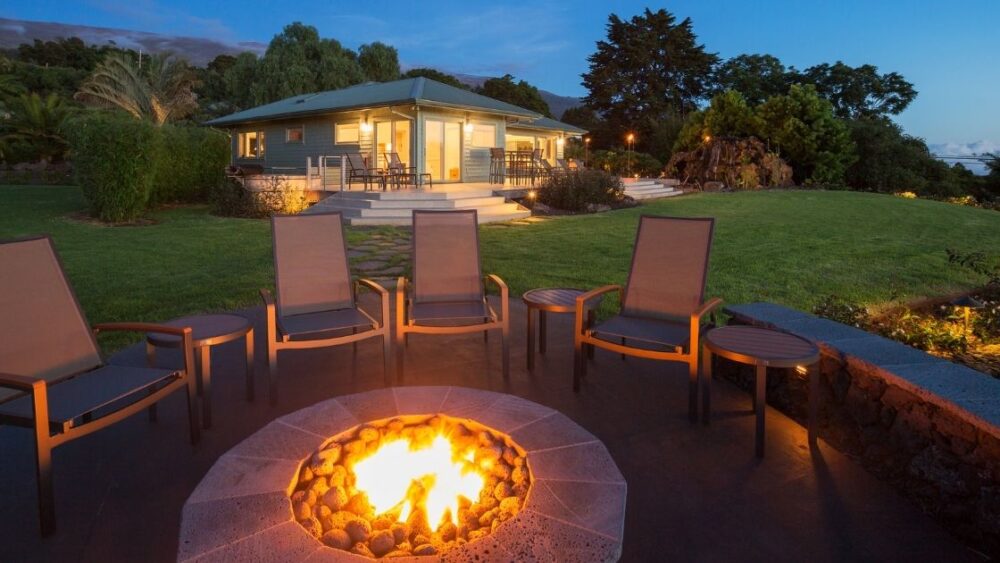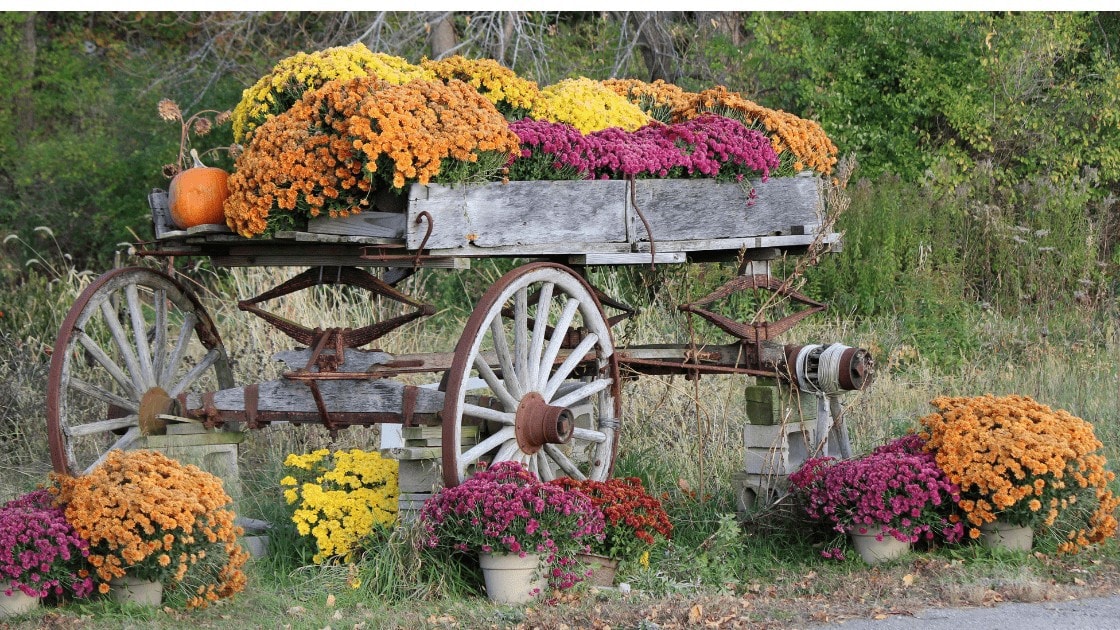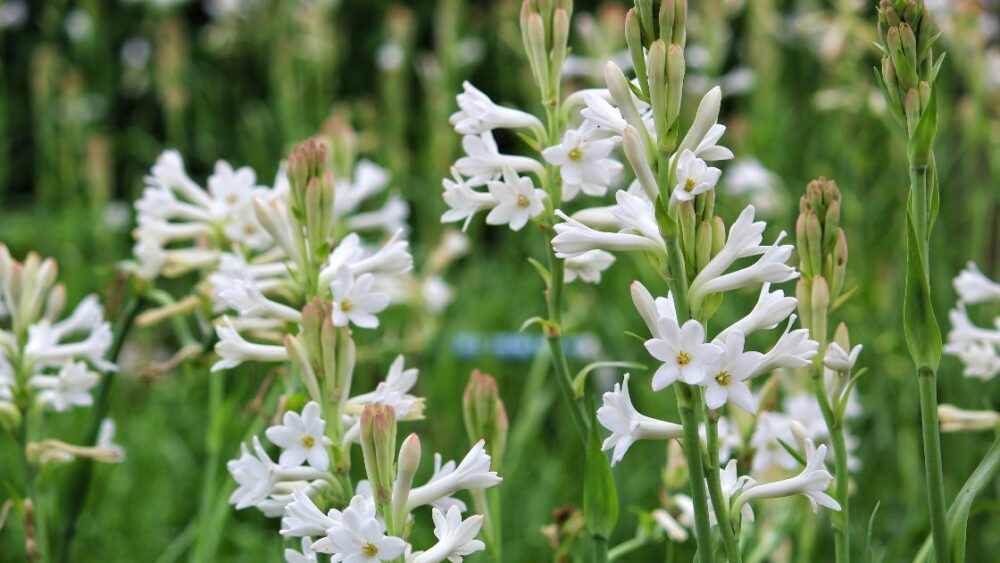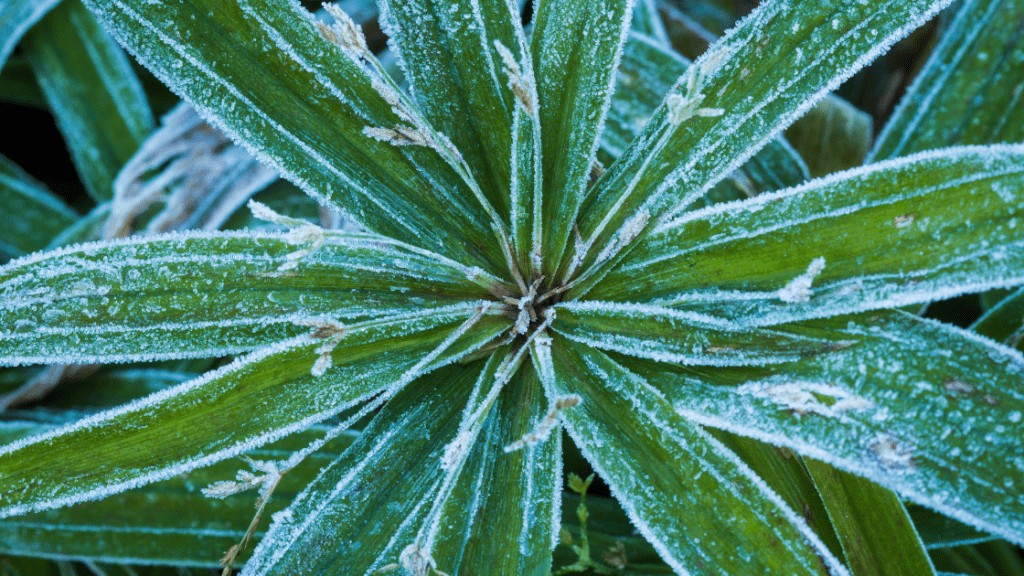
Heating pads for potted plants seem like the perfect solution to our low-temperature problems, but the misconception is that, if the warmer the soil, the better it will be for most potted plants. In this article we will discuss the optimal growing temperatures and explore the possible negative effects of heating pads, as well as, when you should, and when you shouldn’t use them.
All plants have an optimal temperature range at which they grow the fastest. If the temperature drops too low during the winter months, metabolism slows down – oxygen, water and nutrient uptake via the roots becomes slower, cell division grinds to a halt and the transport of water and nutrients within the plant starts going backwards from the leaves to the root.
At some point, the temperatures are too low for any growth to occur and the plant enters winter dormancy – its leaves and flowers start falling off and the water contained in the foliage gets pulled back to the roots to prevent freezing of the branches. This is a natural part of the annual cycle of all perennial, non-tropical plants which have to endure cold winters.
Browse our Affiliate Products
At What Temperature Does Plant Growth Slow Down Significantly?
This is dependent on the plant species, the natural environment it is used to and the stage of growth it’s in. For obvious reasons, most of the available scientific data on the effect of temperature on the growth rate of plants is related to crops. In sunflower and cotton, reducing the soil temperature from 70F (21C) to 59F (15C) reduces the root development rate of the plants up to 5 times (60 cm to 11 cm).
Many of the important biochemical reactions on which plant growth depends on peak at around 85F (29C) and happen around 3 times slower at 50F (10C).
Taking this data into account, we can safely assume that the growth rate of most plants housed in an area where the temperature is below 60F will be affected.
Is heating pads the Best Solution for Keeping Plants Warm?
Unfortunately, heating pads may be impractical for warming up a large potted plant and may only provide enough heat to warm up the lower portions of the root system
It’s interesting to note that for most plants, the period of maximum growth occurs just before sunrise, when the ambient temperature reaches its lowest point. In many climates this means around 60F, even during the summer. However, this phenomenon is purely related to cell division, which appears to favor a lower temperature.
This may mean that a lower nigh-time temperature might in fact boost the growth rate of our plants, which is something to consider if you’re worried about supplying heat during cold nights.
For more information about caring for plants in the winter check out our article below.
Most of the time when you consider the plants or shrubs you would like to plant, it is always best to check the zone you are in to consider the plants hardiness. Click on the link to find your specific zone below.
When Does Dormancy Occur and Can Heating Pads Prevent It?
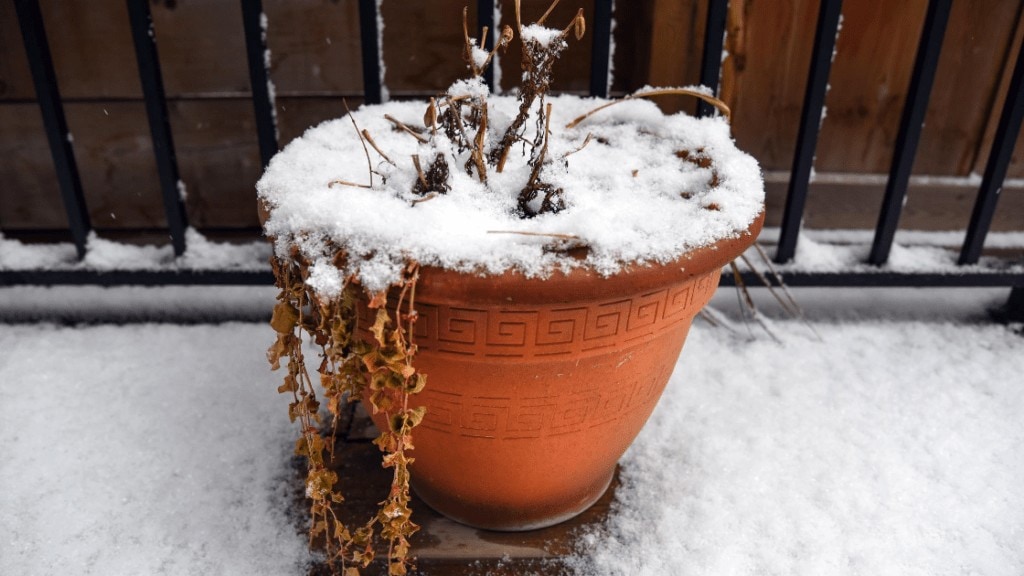
Many plants have a complex mechanism in place to determine when it’s time for winter dormancy. They count the hours spent in temperatures below around 50F and when enough hours accumulate (usually a few hundred), the plant starts prepping for the coming winter – it transports the nutrients from its leaves to the roots, after which the leaves start falling off.
This process is well studied in trees, but not very well studied in many potted plants and vegetables. However, as a general rule, you can assume that several days of temperatures lower than around 45F (7C) will trigger winter dormancy in most perennial plants.
The ability of a heating pad to keep the temperature of the whole plant higher than that depends purely on the ambient temperature, the size of the plant and the type of location the plant is placed in, but generally, heating pads are not suitable for preventing dormancy, due to their inability to keep the whole plant warm. Very small potted plants, such as young cacti are an exception.
Click here for Amazon’s below:

VIVOSUN 10″x20.75″ Seedling Heat Mat and Digital Thermostat Combo Set MET Standard
Do Heating Pads Work For Raising The Temperature Of The Whole Plant?
It’s no accident that heating pads are most commonly used for seed germination – they aren’t a heat source that can warm up a whole plant, unless it’s less then around 10 inches tall including the pot.
When used for shallow, large-area trays, heating pads successfully keep the whole tray at a constant temperature, ideal for seed germination. However, placing a large potted plant on top of the heating pad will only raise the temperature of the bottom part of the root zone and have almost no effect on the canopy temperature. This will also not prevent the canopy from freezing in sub-freezing ambient temperatures, especially in areas with some air movement.
Most heating pads usually provide between 10 to 50 watts of heat and distribute that heat to a relatively large surface area – around 2 square feet. The power provided by those pads it not enough to significantly raise the temperature of any enclosed location, which means the canopy of our plants won’t really see any increases in temperature.
However, there are exceptions. Very small potted plants can be successfully kept from freezing by using a heating pad, if the ambient temperature doesn’t fall too much and if there is no air current in the area. It’s best to use a thermometer to accurately determine if the heating pad supplies enough heat to the top areas of the plant canopy.
Using Heating Pads to Increase The Growth Rate Of An Indoor Plant
So far, we’ve discussed using heating pads in order to prevent temperatures from drooping too low.
But will a heating pad make your plant grow faster, even if it’s already in a relatively warm living room area? The answer is almost always no – not only will most plants not benefit from the increased root zone temperature a heating pad will provide, but they may also start experiencing root rot or wilting, due to the roots warming up too much.
It’s generally unnatural for a plant to experience temperatures that are higher at the root zone than they are at the canopy. If you want to increase the growth rate of your plants, a better idea is to increase the light levels by using a LED light, which also does supply some radiating heat.
Can Heating Pads Have a Negative Effect on Potted Plants?
Above we discussed the optimal growth temperature for most plants. However, plant roots have different temperature requirements than the vegetative parts of the plant. Even though the leafy, photosynthetic parts of a plant like temperatures of around 85F (29C), the roots are different – they don’t really benefit from temperatures higher than 70F(21C) and in fact can be harmed by temperatures higher than around 75F (25C).
Higher temperatures reduce the solubility of oxygen in the water, which may starve the roots of oxygen. High temperatures also favor bacterial growth, which may lead to root rot.
For those reasons, hydroponic systems often have water chillers installed – they aim to reduce the temperature of the root nutrient solution to as low as 64F (18C). Generally, low root zone temperatures are natural for any plant in its natural habitat and even tropical plants don’t typically experience soil temperatures higher than around 71F(22C).
When Should You Use a Heating Pad?
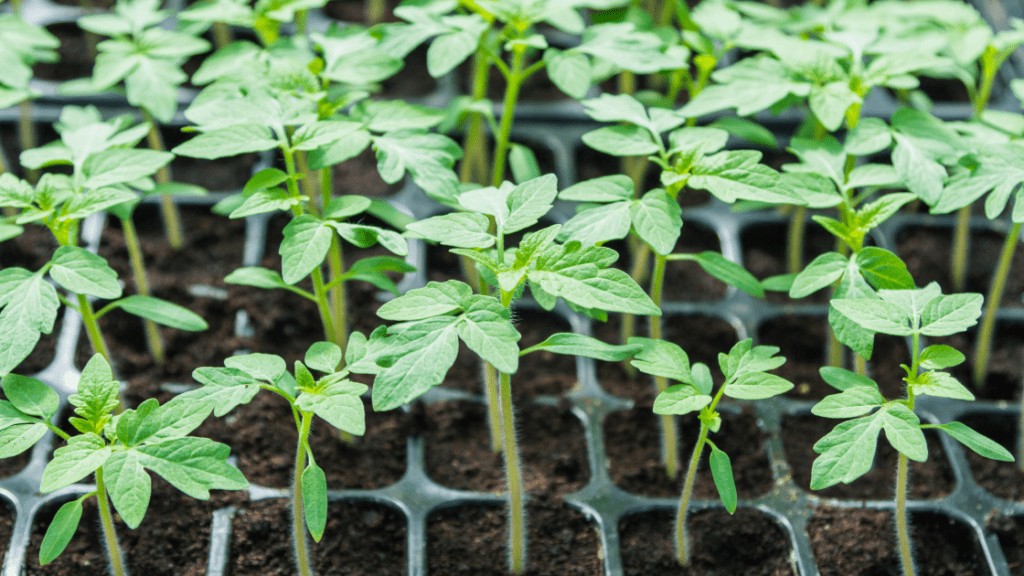
Heating pads are generally used for seed germination and for keeping seedlings warm. However, they are only required when you’re germinating seeds in a cold garage, an outside greenhouse or a similar enclosed outdoor space during the winter. At 50F (10C) tomato seeds take 43 days to produce seedlings that emerge from the ground. At 80F (27C) this takes only 6 days – seven times faster!
Similar numbers apply to most other vegetable seeds – pepper seedlings emerge from the ground in 8 days instead of 25 when the temperature is increased from 60F (15C) to 80F (27C).
This makes heating pads perfect for outdoor greenhouses. Seeds should be started as early as possible, but not early enough to risk frost. So, using heating pads to germinate your seeds in March or April and then removing the seedlings from the heating pad once the temperatures have picked up works out beautifully and gives you a head-start.
Check out this video on seed germination with heat pads.
Specific situations may make the use of heating pads practical year-round. Small cacti growing in tiny pots can be successfully kept warm by using a heating pad during the winter to prevent dormancy.
Other Methods of Raising The Temperature Of Plants
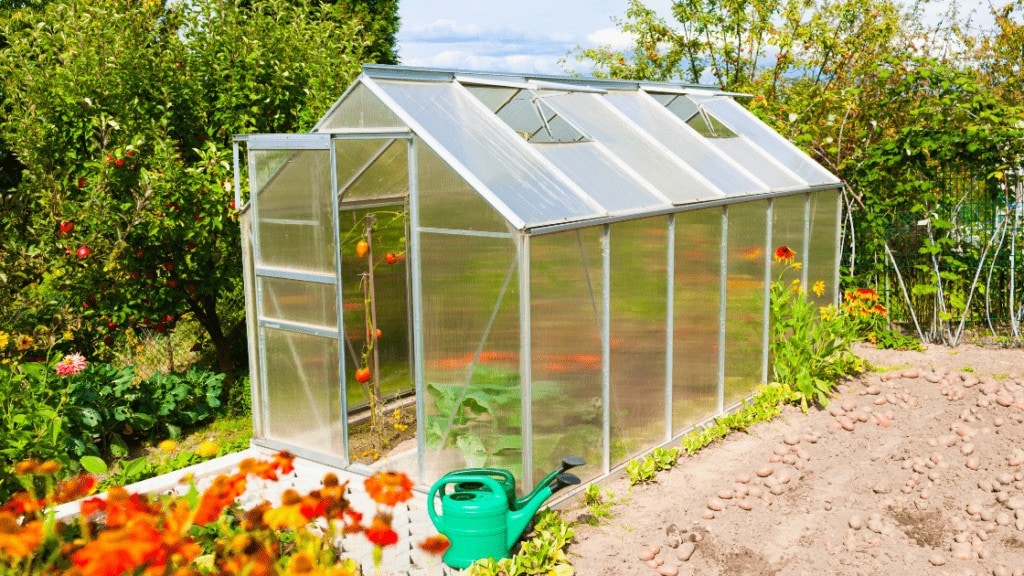
Unsurprisingly, the best way to increase the temperature of plants is by using heaters that increase the ambient temperature of the whole space.
Most outdoor greenhouses in colder areas do have a heating system, which is used both during the night to prevent freezing and during the day if there is insufficient sun to keep the inside of the greenhouse warm. Ambient heaters for even small spaces produce at least 500 watts of heat – 10 times more than even powerful heating pads.
Artificial lighting can significantly raise the temperature of the whole plant – if you grow plants indoors in a very cold apartment and use artificial lighting, you usually don’t need to worry about the plants being too cold, especially if they are inside a grow tent.
For more information click on Greenhouses our article below.
- Why Buy a Greenhouse? Plus 12 Benefits Of Owning One.
- Click here for our affiliate category of greenhouses: Greenhouses
- Also, check out our afilliate category of grow tents and boxes: Grow Tents & Boxes
Most LED lights powerful enough to provide sufficient light for photosynthesis can in fact require cooling fans to be installed in grow tents, even in ambient room temperatures as low as 55F.
Final Thoughts
To summarize, the ideal canopy temperature for most plants is around 80F(27C) – at this temperature most plants will grow the fastest. The ideal root temperature however is around 70F (21C) – higher temperatures than this may favor pathogenic bacteria, reduced oxygen level in the roots and slower root development.
Because heating pads warm up the container from the bottom and don’t increase the canopy temperature by much, they are impractical for large potted plants, but suitable for small plants in shallow containers or for germinating seeds.
They can be successfully used to prevent plants from freezing, but only in small areas with no air currents and only when the ambient temperature is no more than a few degrees below freezing.
